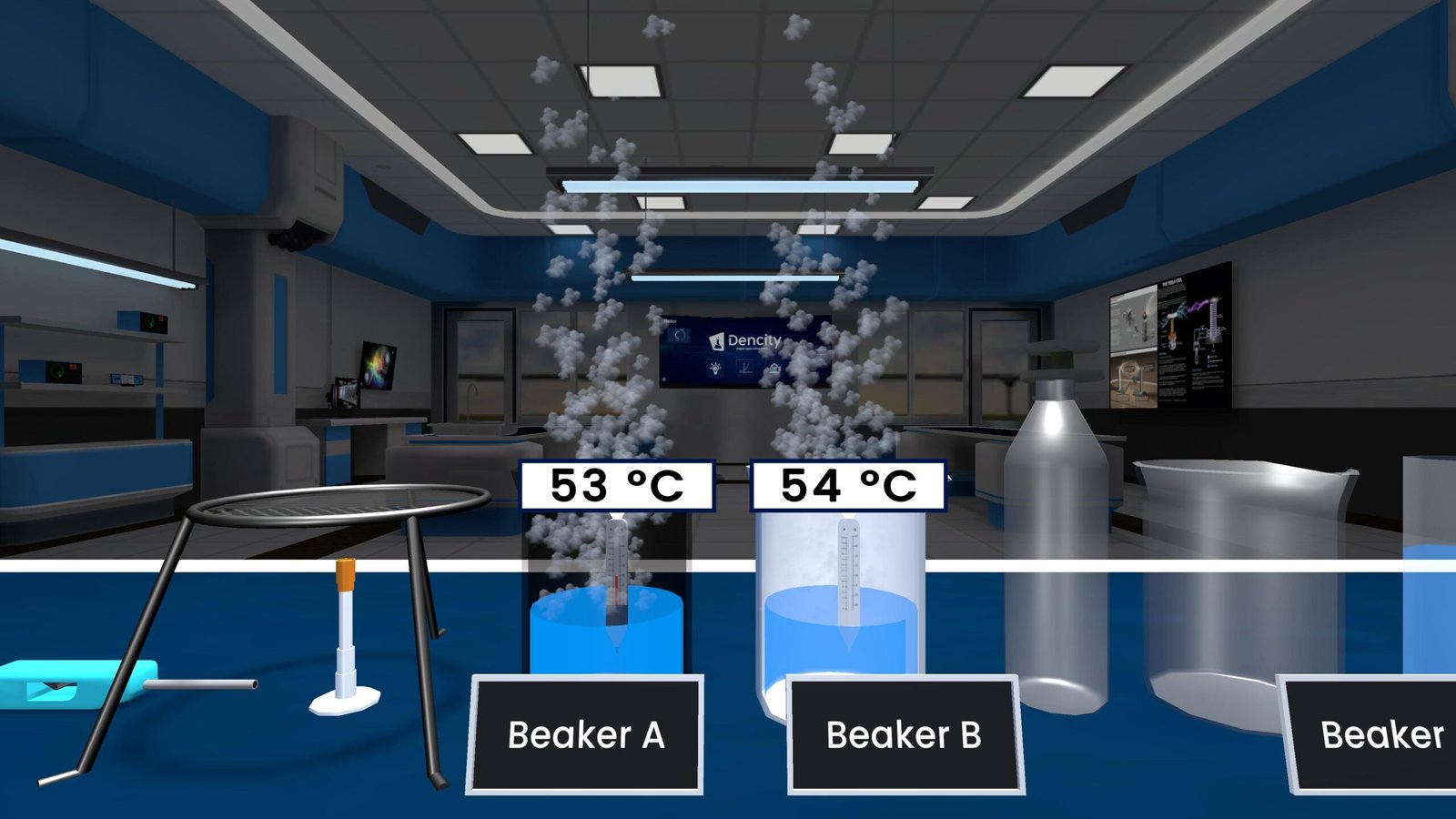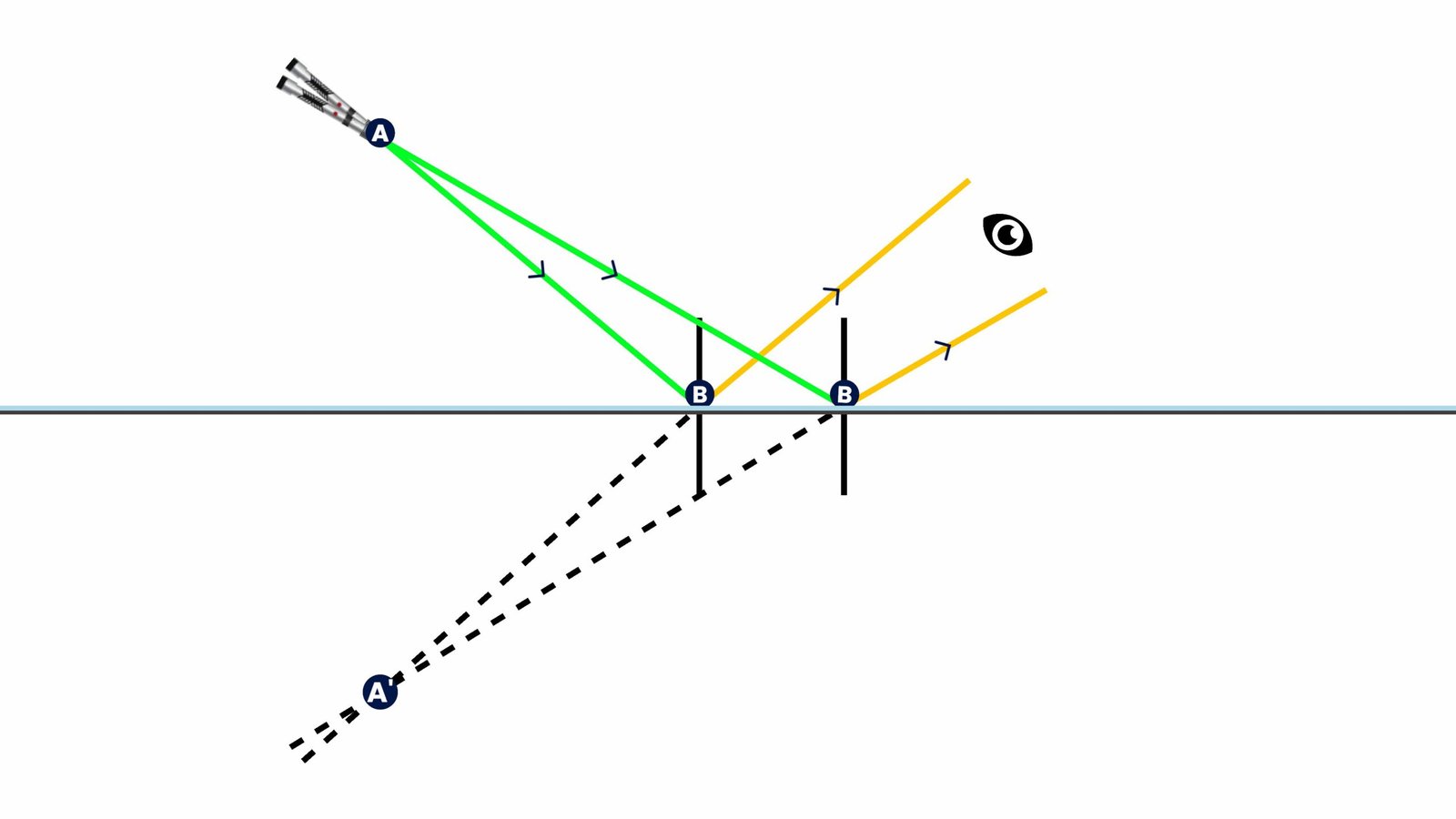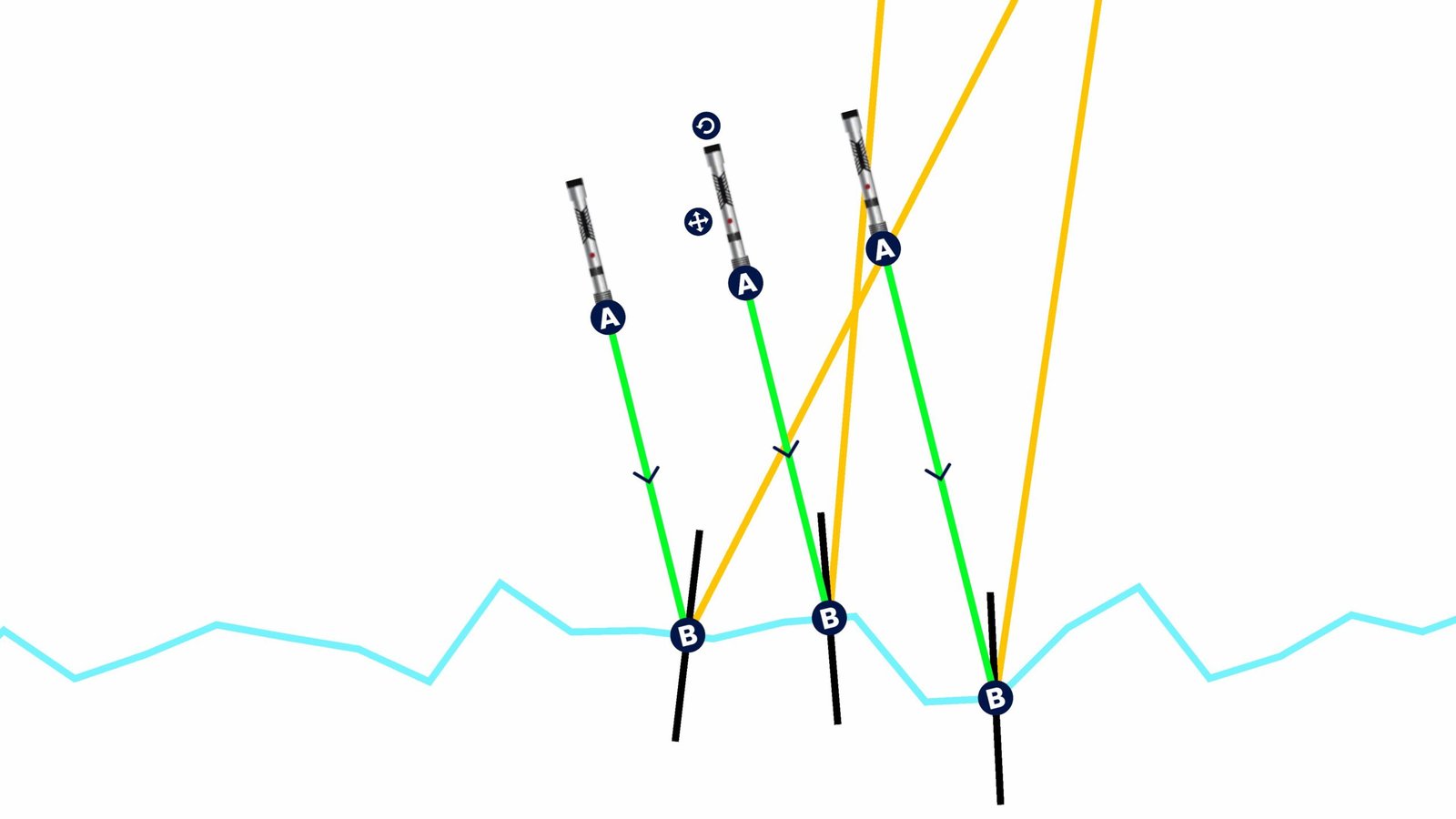Archimedes’ Principle: Why Objects Lose Weight in Water
Archimedes’ Principle states that any object fully or partially submerged in a fluid experiences an upward buoyant force equal to the weight of the fluid it displaces. This principle explains why objects feel lighter in water and why some float while others sink.
Theory for Class 9 Science
In this experiment:
- A bucket of water is placed on a table.
- A cube tied to a weighing machine is first weighed in air. The reading shows its actual weight.
- When the cube is lowered into water, it displaces some water, which causes the water level to rise.
- At the same time, the reading on the weighing machine drops. This is because the buoyant force from the water is pushing upward on the cube, reducing the net force on the scale.
The apparent weight loss is equal to the weight of the water displaced, demonstrating Archimedes’ Principle in action.
Real-Life Applications of Archimedes’ Principle
- Shipbuilding and submarines: Designing floating vessels based on displacement.
- Density measurement: Used to determine density and volume of irregular solids.
- Hydrometers: Tools that float differently in fluids based on density.
- Object verification: Verifies purity and density by comparing weights in air and water.
Observations from the Experiment
- The cube feels lighter in water because of buoyant force.
- Water level rises as the object displaces it.
- Greater immersion = more displacement = greater weight loss.
- The buoyant force equals the weight of the displaced fluid.
- The weight in air is always more than the apparent weight in water.
Summary Table
| Case | Observation | Explanation |
|---|---|---|
| Air | Full weight | No buoyant force |
| Water | Less weight | Buoyant force acts upward |
| Water level | Rises | Due to displaced volume |
Experience Archimedes’ Principle with Dencity
The Dencity virtual lab offers a safe, engaging, and cost-effective way to explore Archimedes’ Principle. With real-time simulations, students can adjust object shape, size, and density to see how buoyant forces work.
This experiment is part of the Class 9 Science curriculum and available on Android, iOS, and desktop platforms.
Dencity makes complex concepts easy to visualize and understand, especially with step-by-step logic and adjustable parameters.
Dencity for Teachers
Teachers can bring interactive learning into the classroom with Dencity’s interactive teaching tools:
- Create and run live simulations of buoyancy and displacement.
- Assign homework with automatic grading and feedback.
- Use drawing tools to annotate fluid behavior and forces.
- Enable real-time collaboration with students in virtual classrooms.
Optimized for Interactive Touch Panels
Use touch-based panels in your classroom to let students interact directly with the experiment—drag the cube, observe displacement, and read values—all with simple gestures.
Contact Us for Custom Pricing or a Demo
Ready to enhance science education at your school? Get in touch now to schedule a demo and receive custom pricing options designed for your needs.
Frequently Asked Questions
- What does Archimedes’ Principle explain?
It explains why objects float or feel lighter when submerged in fluids. - Why does the weighing scale show less in water?
Because the buoyant force pushes the object up, reducing the force on the scale. - What is displaced fluid?
The fluid pushed aside when an object is submerged. - Can I simulate this experiment virtually?
Yes! Dencity offers this as an interactive lab experience. - Is this part of Class 9 Science?
Absolutely—it’s aligned with Class 9 curriculum standards. - Can I test different object shapes and sizes in Dencity?
Yes, you can customize every variable. - Can teachers assign this for homework?
Definitely! Teachers can assign and evaluate automatically. - What platforms support Dencity?
Android, iOS, and desktop—perfect for every classroom. - Is the explanation provided in the app?
Yes, including real-time feedback and visual guides. - How can I get Dencity for my school?
Contact us for a free demo and to explore pricing options.







